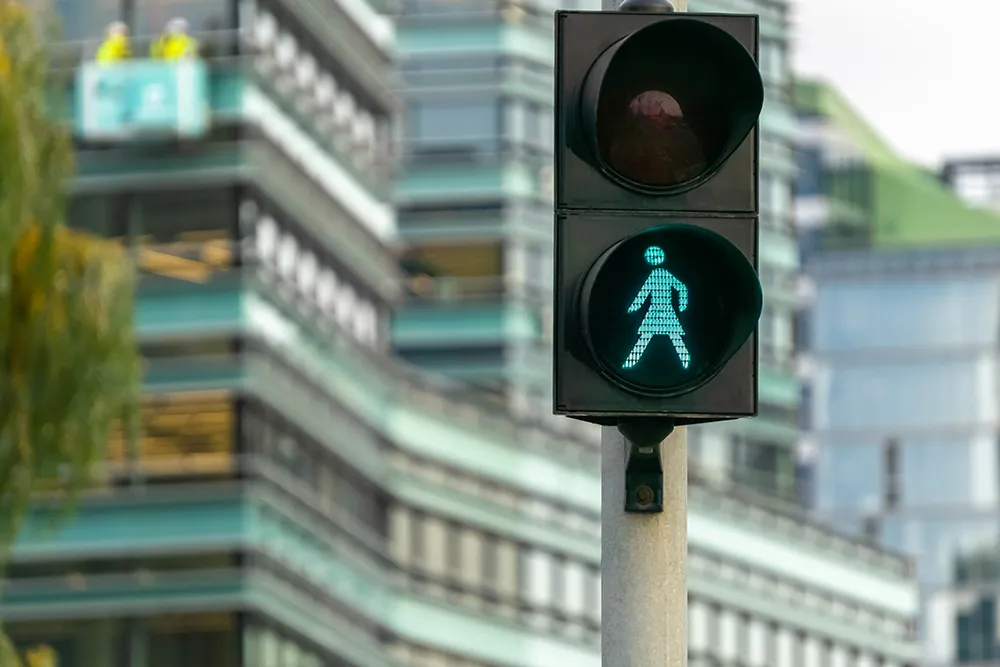Colombia has launched the second tender round for phase two of the country's US$25 billion 4G highway plan. The concession is valued at US$1.24 billion, according to vice president Germán Vargas Lleras.
The project involves construction and repair work on the 447 kilometre Santana-Mocoa-Neiva highway, which will connect southern department Putumayo with Huila in the country's central region.
The winner will build 22 kilometre of four-lane highway, 32 kilometres of two-lane highway and repair some 422
January 23, 2015
Read time: 2 mins
Colombia has launched the second tender round for phase two of the country's US$25 billion 4G highway plan. The concession is valued at US$1.24 billion, according to vice president Germán Vargas Lleras.
The project involves construction and repair work on the 447 kilometre Santana-Mocoa-Neiva highway, which will connect southern department Putumayo with Huila in the country's central region.
The winner will build 22 kilometre of four-lane highway, 32 kilometres of two-lane highway and repair some 422 kilometre, said Vargas.
Bids must be submitted to the national infrastructure agency ANI by 30 April. The project is due to be awarded on 9 June.
Colombia is due to award all of the tenders for the second phase of the 4G highway plan by July this year. The second phase concessions will involve a total of 10 projects and require US$7.2 billion. Offers are due in May.
The overall 4G plan involves the construction of 8,000 kilometres of roads, including 1,200 kilometres of four-lane highways, with most of the projects to be carried out via public-private partnerships.
The project involves construction and repair work on the 447 kilometre Santana-Mocoa-Neiva highway, which will connect southern department Putumayo with Huila in the country's central region.
The winner will build 22 kilometre of four-lane highway, 32 kilometres of two-lane highway and repair some 422 kilometre, said Vargas.
Bids must be submitted to the national infrastructure agency ANI by 30 April. The project is due to be awarded on 9 June.
Colombia is due to award all of the tenders for the second phase of the 4G highway plan by July this year. The second phase concessions will involve a total of 10 projects and require US$7.2 billion. Offers are due in May.
The overall 4G plan involves the construction of 8,000 kilometres of roads, including 1,200 kilometres of four-lane highways, with most of the projects to be carried out via public-private partnerships.










